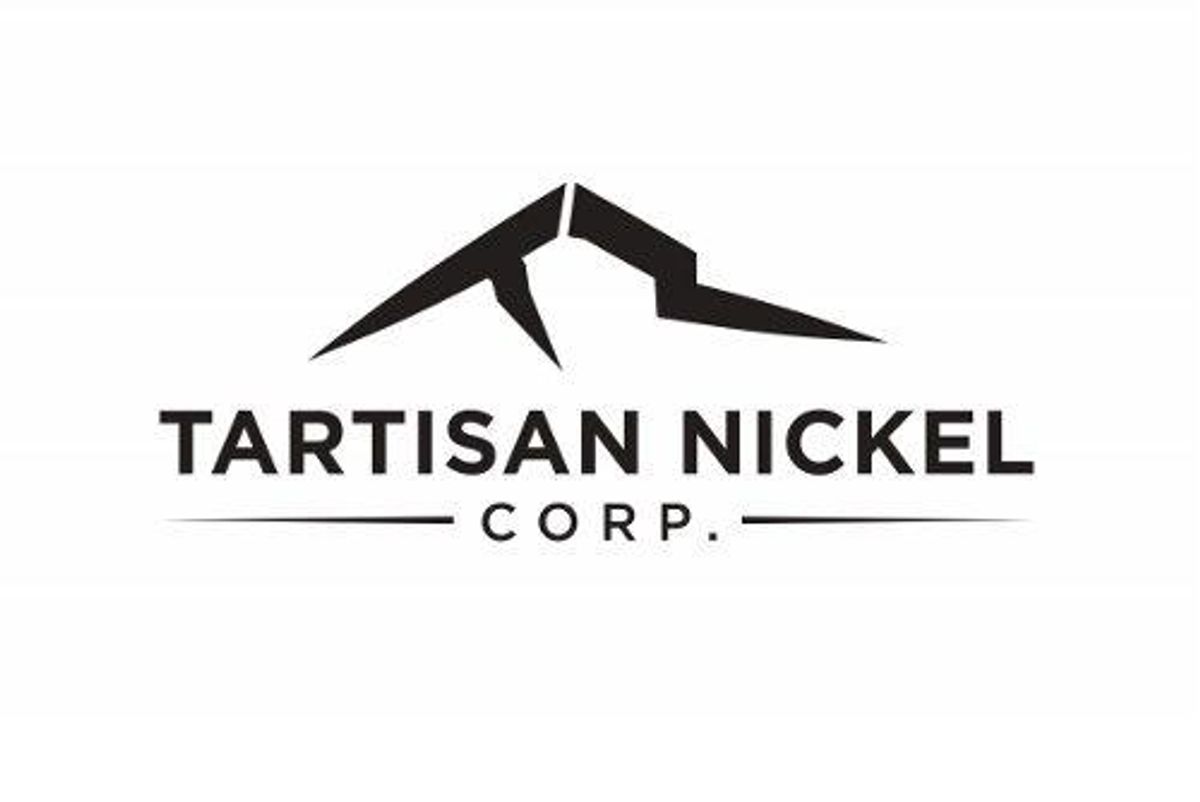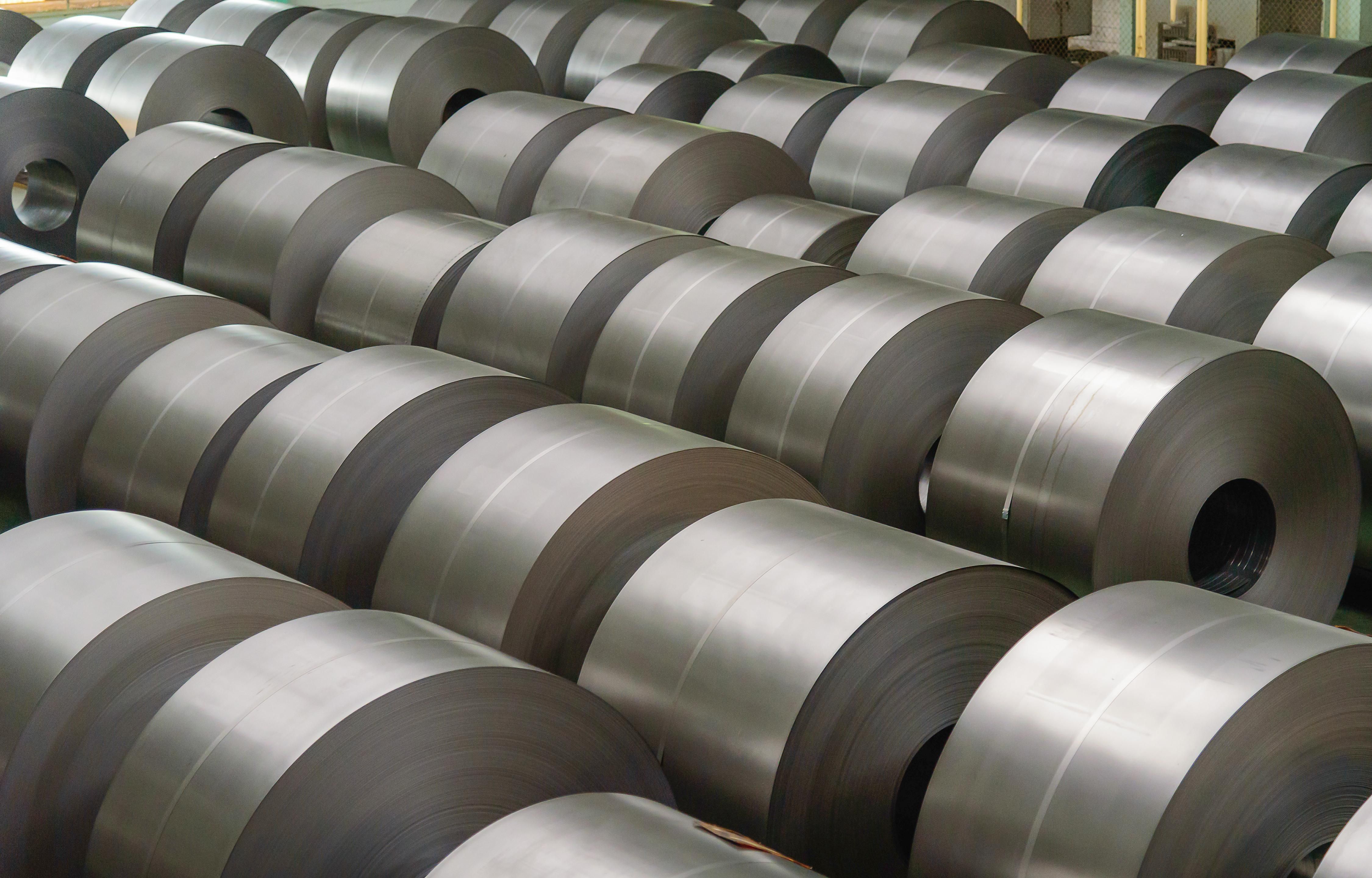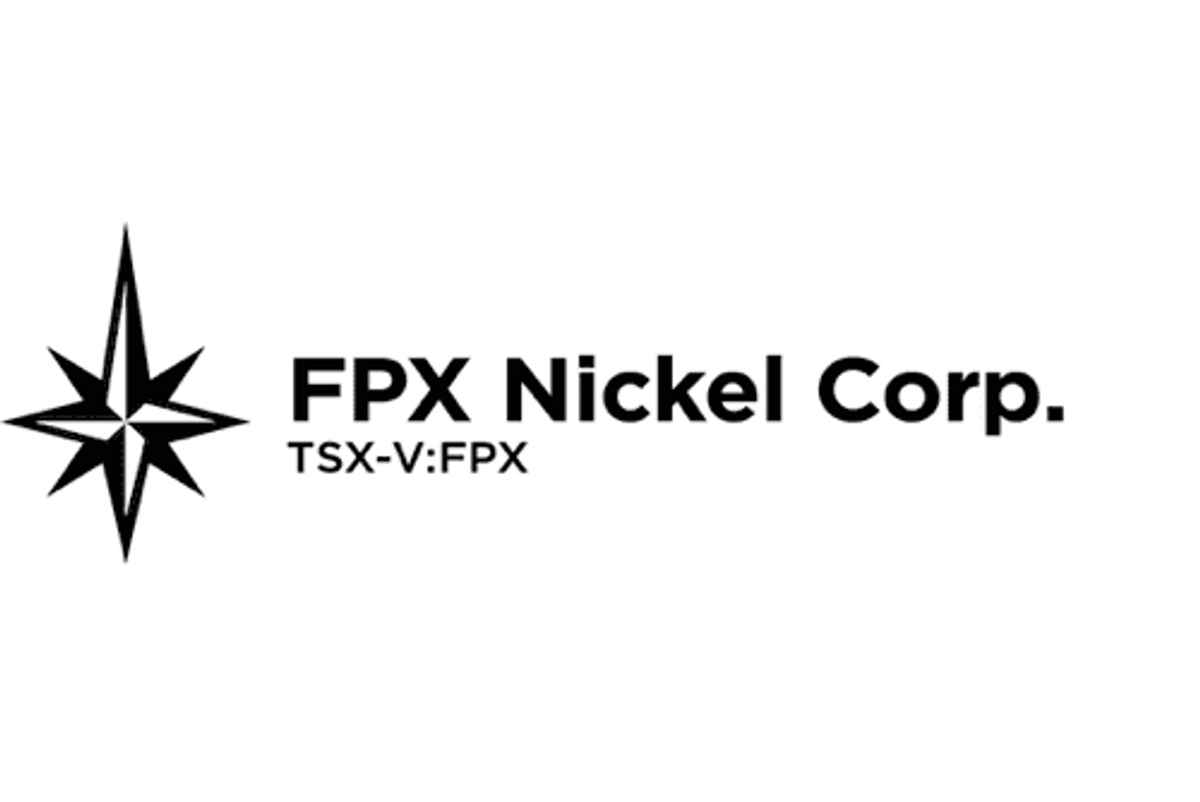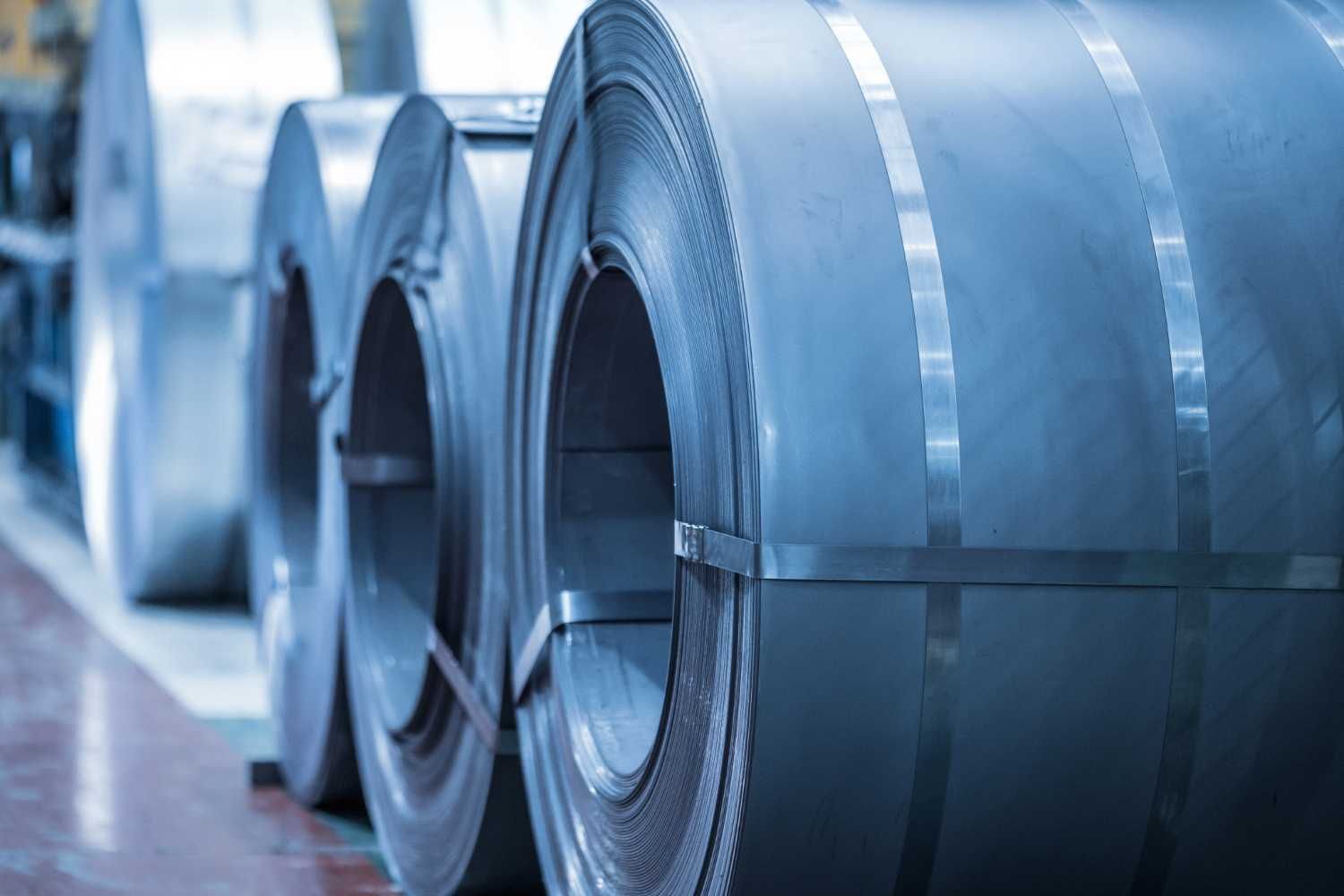Fleet's new "earth scanning" technology can increase drilling accuracy and decrease land disturbance in exploration for high-grade nickel deposits vital to the U.S. energy transition
Talon Metals Corp. (TSX: TLO) (OTC Pink: TLOFF) ("Talon" or the "Company") and Fleet Space Technologies ("Fleet") have agreed to pilot Fleet's ExoSphere rapid mineral exploration solution at Talon's exploration projects in Minnesota and Michigan. Talon is exploring for high-grade nickel deposits in the United States to supply the domestic battery supply chain with nickel and other battery materials required in the energy transition.
"We are excited to work with Fleet to pilot their impressive advanced seismic tomography approach to mineral discovery and pair it with our in-house exploration teams' unique approach to finding more high-grade nickel in the United States," said Henri von Rooyen, CEO of Talon. He continued "Fleet's technology has the potential to deliver two tantalizing results for geologists like our team of proven "nickel hunters": speed and accuracy. Increased accuracy means less disturbance of the earth as compared to conventional exploration practices. Speed means a faster path to discovering the metallic minerals like nickel that society needs for the energy transition."
Fleet's ExoSphere technology scans the ground using an advanced seismic tomography technique, called Ambient Noise Tomography (ANT), where highly transportable 'Geode' devices listen to faint background vibrations from natural and man-made sources. The data is then processed rapidly and transmitted from anywhere in the world through Fleet's constellation of low earth orbit satellites, recently launched by SpaceX.
"Our satellite enabled earth sub-scanning technology will play a vital role in securing the U.S. mineral supply chain quickly, sustainably and less expensively. Fleet is excited to be working with Talon to pilot our ground-breaking exploration technology in North America," said Matt Pearson, Chief Exploration Officer & Co-Founder, Fleet Space Technologies. "With Fleet's ExoSphere technology, we are able to easily scan the earth in 3D, faster and with less environmental impact than ever before possible. This cleaner, faster and more flexible approach to exploration answers the urgent global need to find the minerals and metals required in the energy transition. ExoSphere is supporting the world's transition to more sustainable practices by speeding up vital mineral discoveries more than one hundred-fold."
About Fleet's ExoSphere Technology:
- Fleet's rapid exploration solution (ExoSphere) enhances drill program accuracy by scanning a target area with advanced, low-impact ground sensors (Geodes) connected through Fleet's low-power satellite network.
- Fleet's Geodes are up to 10x more sensitive than existing nodal geophones, which increases accuracy and depth of results.
- Fleet's Geodes are hand transportable by small teams at surface, are battery powered and can be moved as data is received and new targets are identified.
- Each wireless, battery-operated Geode contains a sophisticated processing unit, satellite transmitter and seismic sensor. The Geodes use the principles of seismology to map the properties of the Earth's subsurface from faint background seismic waves - a process known as Ambient Noise Tomography (ANT).
- Once sufficient ANT data is gathered, Geodes partially process the raw information on site, reducing the data requirement for transmission.
- The data from each Geode is rapidly processed and can deliver a full 3D visualisation of the subsurface down to 2 km depth. A clear, rich image of what resources may be below ground can be generated in as little as four days.
- Using a bespoke Fleet-developed system, these visualisations are accessible to view and export anywhere on earth in near real-time. The speed of this imaging now means that thousands of square kilometres of area can be imaged in a fraction of the time of traditional ground-based methods that would currently require drilling rigs to be moved into place.
The data collected from the in-field Geodes is securely pushed to Fleet's network of low-power small satellites. The satellites then send the data to ground stations to process data using Fleet's proprietary processing systems delivering a 3D visualisation of the area to support critical exploration decisions. This in turn allows teams of geologists like Talon's team of in-house "nickel hunters" to make informed decisions on areas of interest much faster than traditional methods.
Please find link for supporting images here
ABOUT FLEET SPACE TECHNOLOGIES
Fleet Space Technologies is Australia's leading space company. It is headquartered in Adelaide, South Australia, the centre of the country's rapidly growing space industry. Fleet also has a global presence including a team based in the US. Fleet is rapidly expanding its satellite constellation to provide unlimited data and global reach to realise the potential of millions of Internet of Things (IoT) devices. This is informed by a vision that will see Fleet deliver connectivity on the Earth, Moon and Mars in collaboration with the world's leading space agencies and innovative companies. Customers around the world and in a multitude of sectors already trust Fleet to meet their challenges by harnessing the power of global connectivity and the most innovative technologies.
For additional information on Fleet Space Technologies, please visit the company's website at www.fleet.space or contact:
Media Contact:
Katie Miller
+61 (0) 434 156 155
media@fleet.space
James Warren
+44 (0) 792 192 7161
james.warren@fleet.space
ABOUT TALON
Talon is a TSX-listed base metals company in a joint venture with Rio Tinto on the high-grade Tamarack Nickel-Copper-Cobalt Project located in central Minnesota. Talon's shares are also traded in the US over the OTC market under the symbol TLOFF. The Tamarack Nickel Project comprises a large land position (18km of strike length) with high-grade intercepts outside the current resource area. Talon has an earn-in right to acquire up to 60% of the Tamarack Nickel Project, and currently owns 51%. Talon is focused on (i) expanding and infilling its current high-grade nickel mineralization resource prepared in accordance with NI 43-101 to shape a mine plan for submission to Minnesota regulators and (ii) following up on additional high-grade nickel mineralization in the Tamarack Intrusive Complex. Talon has an agreement with Tesla Inc. to supply it with 75,000 metric tonnes (165 million lbs) of nickel in concentrate (and certain by-products, including cobalt and iron) from the Tamarack Nickel Project over an estimated six-year period once commercial production is achieved. Talon has well-qualified experienced exploration, mine development, external affairs and mine permitting teams.
For additional information on Talon, please visit the Company's website at www.talonmetals.com or contact:
Media Contact:
Todd Malan
1 (202) 714-8187
malan@talonmetals.com
Investor Contact:
Sean Werger
1 (416) 361-9636 x102
werger@talonmetals.com
FORWARD-LOOKING STATEMENTS
This news release contains certain "forward-looking statements". All statements, other than statements of historical fact that address activities, events or developments that the Company believes, expects or anticipates will or may occur in the future are forward-looking statements. These forward-looking statements reflect the current expectations or beliefs of the Company based on information currently available to the Company. Such forward-looking statements include statements relating to the timing and results of the Fleet pilot by the Company, including the discovery of new nickel mineralization. Forward-looking statements are subject to significant risks and uncertainties and other factors that could cause the actual results to differ materially from those discussed in the forward-looking statements, and even if such actual results are realized or substantially realized, there can be no assurance that they will have the expected consequences to, or effects on the Company.
Any forward-looking statement speaks only as of the date on which it is made and, except as may be required by applicable securities laws, the Company disclaims any intent or obligation to update any forward-looking statement, whether as a result of new information, future events or results or otherwise. Although the Company believes that the assumptions inherent in the forward-looking statements are reasonable, forward-looking statements are not guarantees of future performance and accordingly undue reliance should not be put on such statements due to the inherent uncertainty therein.

To view the source version of this press release, please visit https://www.newsfilecorp.com/release/138428





